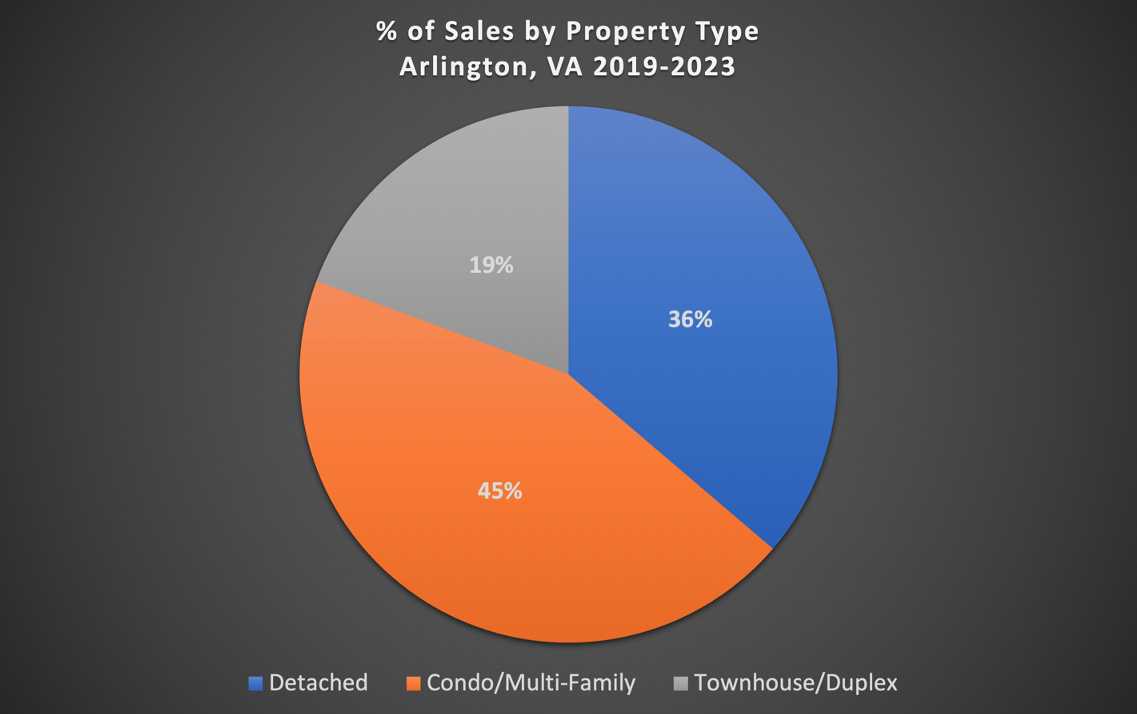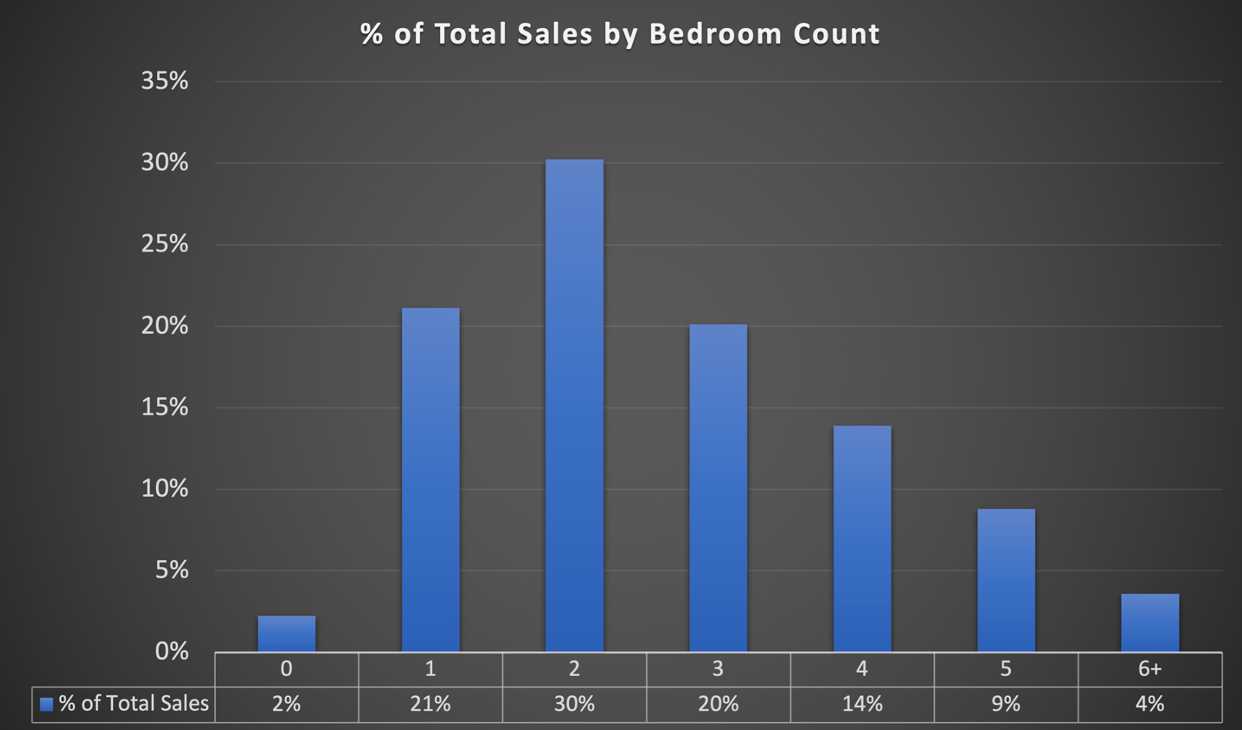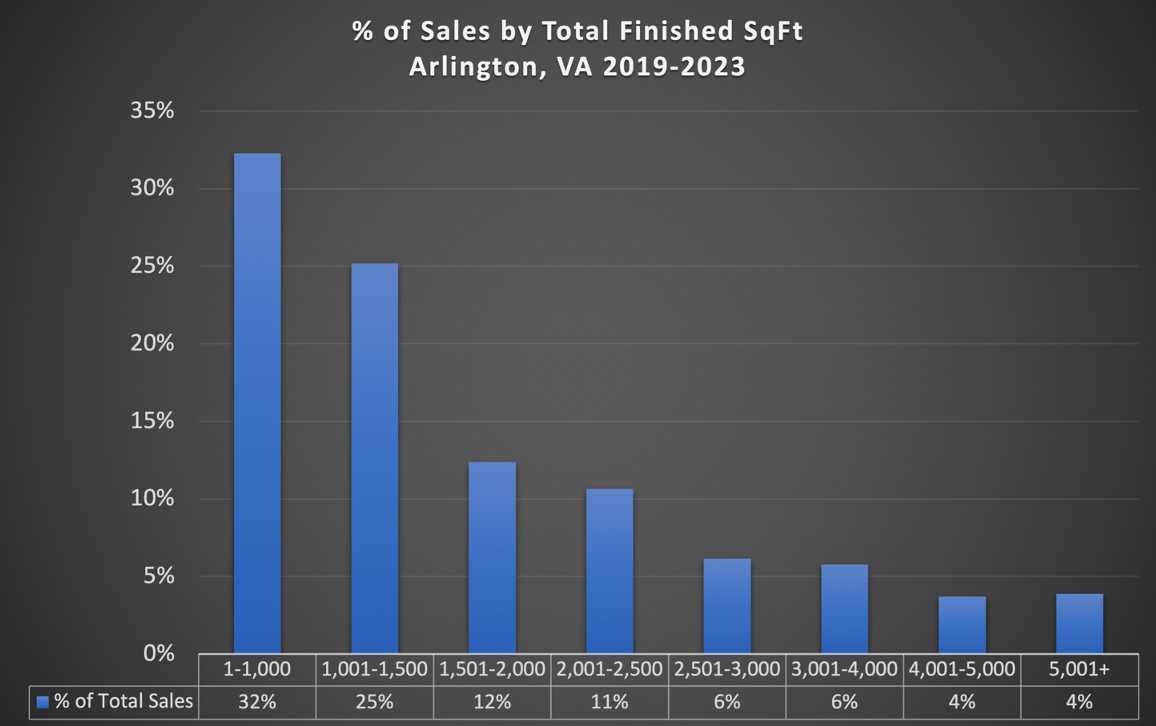This regularly scheduled sponsored Q&A column is written by Eli Tucker, Arlington-based Realtor and Arlington resident. Please submit your questions to him via email for response in future columns. Video summaries of some articles can be found on YouTube on the Eli Residential channel. Enjoy!
Question: Are you seeing that Missing Middle is achieving its goals for housing supply creation in Arlington?
Answer: What is the goal of Arlington’s Missing Middle aka Expanded Housing Options (EHO) housing policy?
At first, it seemed the County was hoping to provide housing options for “middle income” home buyers. That shifted once it became obvious that any new housing product would be far too expensive for anything resembling middle income. The target became a blend of creating housing that filled a gap in property type(s) missing from the Arlington housing market and adding housing supply.
It also seems that the County hopes that most Missing Middle housing units will be delivered for sale rather than as rental units, because most of the conversation I’ve heard/read from them focuses on ownership opportunity related to Missing Middle, but there is nothing they are doing (likely nothing they can do) to make that a reality, aside from hoping the market delivers ownership opportunities instead of new rentals.
If you’d like a catch-up/review on my previous articles about Missing Middle, you can read my initial thoughts here, followed by more recent thoughts and observations here, which includes some doubt that many of the approved applications will actually get built.
What is Missing from Arlington’s Housing Market?
If you ask me what’s missing from Arlington’s housing market and in high demand, I’d say that it’s townhouse/duplex housing with 3-4 bedrooms with roughly 2,500-3,500 finished square feet and two off-street parking spaces, that suits a family with 1-2 kids. The data, summarized below, also supports this being an undersupplied category of housing. Arlington does not lack multi-family housing (condo or rental apartments), relative to other housing types.
I looked at the last five years of Arlington sales data and analyzed the breakdown of property types sold by bedroom count, total finished square footage, and property type:
- 45% of homes were multi-family condo and just 19% were townhouse/duplex (most of the 19% were built well over 50 years ago)
- Over 50% of homes had 1-2 bedrooms
- 55% of homes had 1,500 or less finished square feet
- Only 10% of homes had 2,500-3,500 finished square feet, a range that I think is highly desirable for many buyers/families in Arlington
What Are We Getting from Missing Middle?
Missing Middle provides for seven different options ranging from two-unit duplex/semi-detached properties to six-unit multi-family (apartment-style) properties. In addition to other zoning restrictions that may limit a building’s total envelope, the County set maximum sizes for the combined units in each Missing Middle property by establishing a maximum floor area (basically the sum of all horizontal, non-garage area in a property).
I created the table below using the Missing Middle max floor area limits set by the County for each Missing Middle option and added information on approved Missing Middle projects per the County’s online tracker, as of this writing. It is unlikely that any units delivered through Missing Middle will exceed ~2,600-2,700 and most units will likely offer 1,500 or less finished SqFt (as noted above, this is the size range of over 50% of Arlington’s housing sold in the last five years).
Note #1: The actual finished square footage of units will be less than the max floor area shown in the table below because stairwells, framing, etc will eat into the livable sq. ft. for each unit
Note #2: A builder can choose to allocate the max floor area across each unit however they want. For example, a three-unit townhouse project might allocate 1,800 sq. ft. to the interior unit and 2,850 sq. ft. to the end units.
The data from the pending applications and 19 approved projects is clear — six-unit multi-family properties are much more desirable for developers than any other Missing Middle option, with over 50% of approved Missing Middle units falling into this category. I shared in my initial thoughts on Missing Middle that I felt the policy did little to incentivize the development of larger units, suitable for families, that are actually lacking in Arlington’s housing supply. The data now supports that concern and to a larger extent than I imagined.
Missing Middle is Missing the Mark
The prevalence and popularity of six-unit multiplexes is, in my opinion, clear proof that Missing Middle is not an effective housing policy based on the County’s stated goals. Six-unit multiplexes will result in the smallest units, with average finished living spaces likely ~1,100-1,200 SqFt or buildings with a couple/few smaller units with 700-800 SqFt and a couple/fewer larger units of 1,300-1,500 SqFt, and will create housing that serves a nearly identical housing demand as existing multi-family condo and rental apartments, which already dominate the Arlington housing supply.
Per Arlington’s 2023 Profile (fantastic, interesting data the County reports on each year) we have added 5,800 housing units over the last five years (nearly all multi-family condo/apartment), totaling just over 121,000 housing units in the County as of 2023. Nearly 87,000 (71.5%) of those are multi-family and about 70% of approved Missing Middle units are 4-6 unit multiplexes (aka multifamily) and will look a lot like those existing housing units. There’s nothing “missing” or “expanded” about that.
Is that worth all the time and resources our County and residents have spent on this policy? Is it worth the negative effect on property value and enjoyment of the neighboring properties who will have six-unit multiplexes built next to them and suffer through up to a dozen extra cars on their street?
The other stated goal of Missing Middle is adding more housing supply to Arlington. You’ll likely hear these six-unit multiplexes promoted as proof that the policy is working because we’ve turned a single-family home into six new housing units for +5 net housing units. Winner Winner, right?
Arlington is offering 58 Missing Middle permits per year for the first five years. If the current application patterns continue (79 units across 19 projects) and the average Missing Middle project delivers four new units, and we max out all 58 permits (doubtful), that will be 232 new units per year and 1,160 units after five years. That’s a measly 20% of the current pace of new non-Missing Middle housing units being delivered to the market and 0.9% of the total housing units Arlington is forecasted to have by 2025. And again, most of that will be multi-family style units that reflect most of the existing and planned housing units in the county.
If the County wants to expand the housing supply via multi-family housing and not actually help create housing types that we lack and have excess demand for, they’d be much better off strengthening their planning/investment efforts along established transit/commercial corridors where there is a demand for multi-family housing, rather than creating multi-family housing in non-transit focused neighborhoods that are not designed to support multi-family housing and likely do not have sufficient demand for it either.
I Support a Well-Formed Missing Middle Strategy
To be clear, I do believe that Arlington/Arlingtonians would be well-served by expanded housing policy that facilitates the smart development of homes for purchase that fill in existing gaps in our housing supply, as long as it can be done in a way that is a net-positive. Unfortunately, the Missing Middle/Expanded Housing Options policy we currently have does not accomplish that and currently projects to be a net-negative to the community.
If you’d like to discuss buying, selling, investing, or renting, don’t hesitate to reach out to me at [email protected].
If you’d like a question answered in my weekly column or to discuss buying, selling, renting, or investing, please send an email to [email protected]. To read any of my older posts, visit the blog section of my website at EliResidential.com. Call me directly at (703) 539-2529.
Video summaries of some articles can be found on YouTube on the Eli Residential channel.
Eli Tucker is a licensed Realtor in Virginia, Washington DC, and Maryland with RLAH Real Estate, 4040 N Fairfax Dr #10CA






